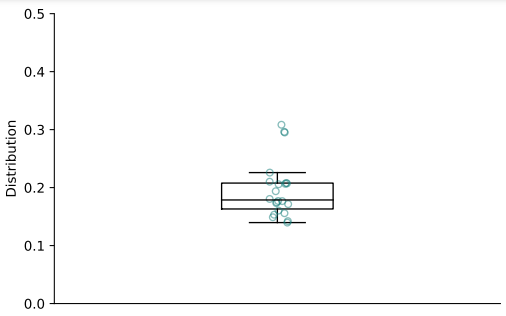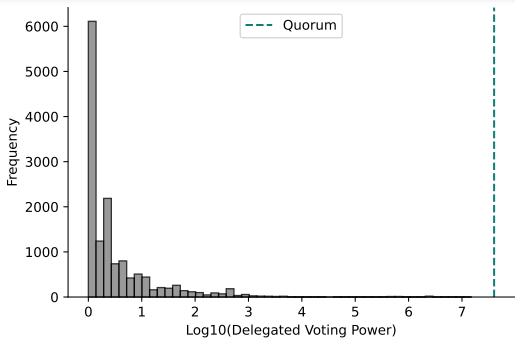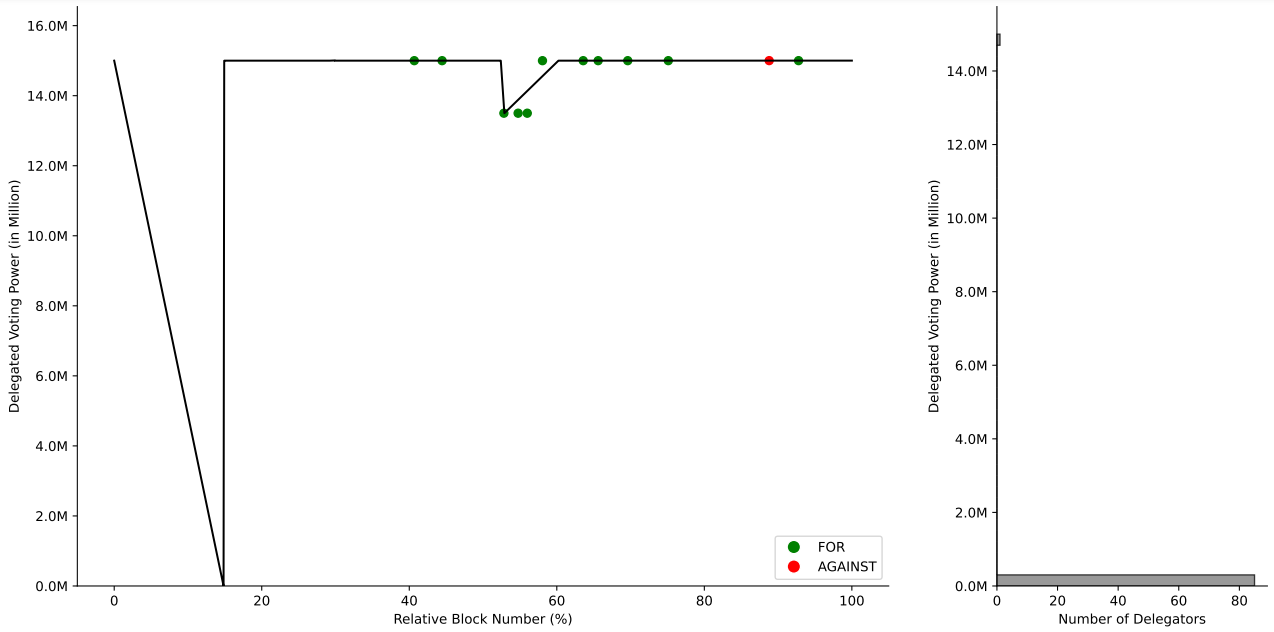Analysis of Voting Mechanisms in Decentralized Autonomous Organizations
Github Repository
https://github.com/tuncpolat/seminar-fs23Stack

Python
Introduction
In my Masters in Business and Technology at the University of Basel, I embarked on a journey to explore the burgeoning realm of Decentralized Autonomous Organizations (DAOs). My fascination with blockchain technology led me to scrutinize the voting mechanisms within DAOs, unraveling how they redefine organizational governance in a decentralized context.
Overview
The focus of my seminar paper was to deeply understand and analyze the operational dynamics of voting mechanisms in DAOs. This involved investigating different types of voting systems like Quorum-Based Voting, Delegated Voting, and Quadratic Voting, and assessing their challenges and advantages. A significant part of my research was dedicated to a comprehensive analysis of Uniswap’s governance data, providing real-world insights into the functioning of these theoretical constructs.
Tech Stack
- Analysis: Python
- Data Sources: Governance data from Uniswap and Gitcoin Stewards Council
(Some) Analysis Insights
In my analysis, I utilized several figures to highlight important findings regarding Uniswap's voting mechanisms:
- Figure 1 Relative Voting Power of Voter with Highest Voting Power Share per Proposal (Quorum Reached):
 Figure 1 shows the relative voting power of the top delegatee for each Uniswap proposal that met quorum. Notably, no delegatee's voting power exceeded 50% in any proposal, indicating a limit to individual influence. However, as highlighted by Goldberg and Schär (2023), this analysis might not fully capture the influence of dominant voters who could use multiple pseudonyms (also referred as weak identity problem), possibly underestimating the actual power of 'whales' in decision outcomes.
Figure 1 shows the relative voting power of the top delegatee for each Uniswap proposal that met quorum. Notably, no delegatee's voting power exceeded 50% in any proposal, indicating a limit to individual influence. However, as highlighted by Goldberg and Schär (2023), this analysis might not fully capture the influence of dominant voters who could use multiple pseudonyms (also referred as weak identity problem), possibly underestimating the actual power of 'whales' in decision outcomes. - Figure 2 Voting Power Distribution Among Delegates:
 This illustrates the unequal distribution of voting power among delegatees in Uniswap.
This illustrates the unequal distribution of voting power among delegatees in Uniswap. - Figure 3 Log-transformed Distribution of Delegated Voting Power:
 This figure illustrates the log-transformed distribution of delegated voting power, revealing that no single address has enough power to reach the quorum alone, although the potential for multiple address creation within the ecosystem warrants cautious interpretation.
This figure illustrates the log-transformed distribution of delegated voting power, revealing that no single address has enough power to reach the quorum alone, although the potential for multiple address creation within the ecosystem warrants cautious interpretation. - Figure 5 Progression of Delegated Voting Power Over Time:
 Figure 5 captures the temporal evolution of delegated voting power for an address with the highest power in Uniswap DAO, showing changes over time and proposal-specific votes. Notably, this delegatee's power is primarily influenced by a single substantial contribution, hinting at a degree of centralization in the delegation process.
Figure 5 captures the temporal evolution of delegated voting power for an address with the highest power in Uniswap DAO, showing changes over time and proposal-specific votes. Notably, this delegatee's power is primarily influenced by a single substantial contribution, hinting at a degree of centralization in the delegation process.
This overview offers just a glimpse into the extensive research and findings of my study on the voting mechanisms in Decentralized Autonomous Organizations, with a specific focus on Uniswap. For a more comprehensive understanding and to view the detailed insights, as well as the Python code I developed for the analysis, you can visit my Github repository.